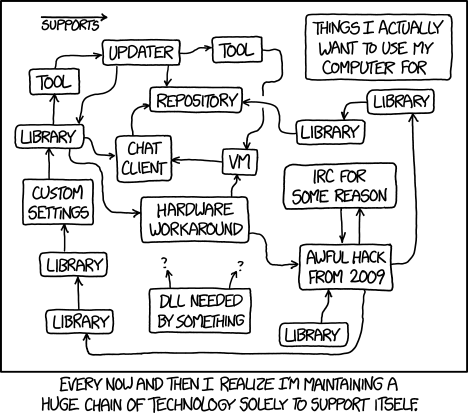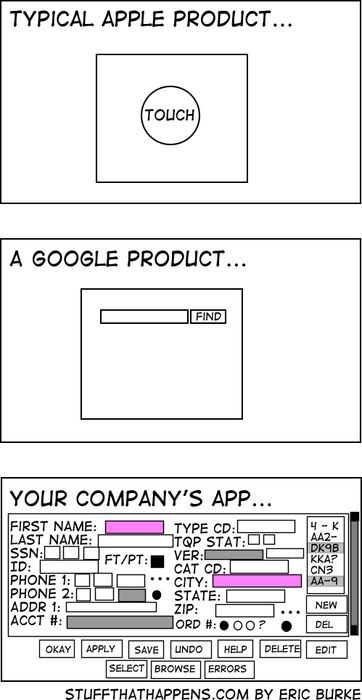One of the benefits of Laravel is the way that it sits at your elbow, quietly and effectively taking care of the boring stuff … like whole classes of exceptions – hiding the stack traces away and presenting the consumers of your system with minimal explanations in appropriate formats.
But what about when you, the developer, need to see that detail. For manual browser based testing, not a problem. Set APP_DEBUG=true in your local .env file (which it is by default) and it’s beautifully formatted for you. But nowadays my development is mostly done using Test Driven Development, and all I get to see is the status code to which Laravel has mapped the exception 🙁
Of course the application error log is still there, sitting in the storage folder. But opening and scrolling down that is tedious. Could there be a better way …?


